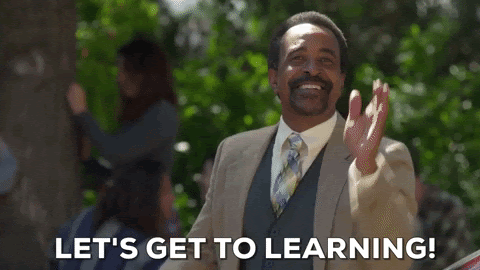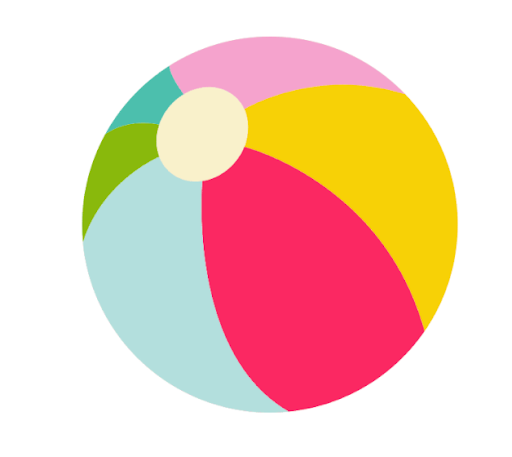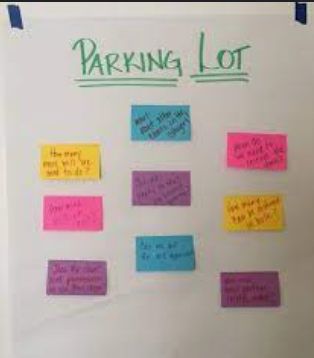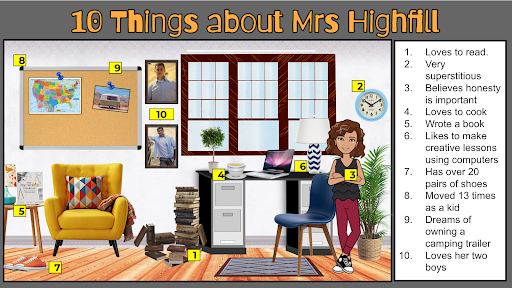Have you ever been right in the middle of a thought or important topic and the bell rings? You wanted to give your students a wrap up, but time just got away from you. As a former high school math and computer science teacher, it happened to me more than I care to admit. My first couple of years as a teacher, I struggled with getting that timing right to get all of the content in, but also allowing for students to make connections to the new material.

Does this happen to you? I learned that I had to intentionally plan for closure and set a timer on my phone. Sounds silly, I know! If I set the timer on my phone, I would remember to stop and give the students that much needed time to process. It was also beneficial to me to have a toolkit of closure activities that I could pull from to keep the students engaged.
Believe it or not, just a quick closure activity can elicit a response in the brain that leads to greater understanding and long-term memory. A great article to check out is “9 Wrap Up Activities for Lesson Closure That Work Like a Charm” by Victoria at Teach Starter. Here are a few of her favorite lesson closure activities.
Reflective Beach Ball: On the beach ball, write numbers all over the ball with a dry erase marker  that correspond to a question that you want to use for closure. It is recommended to use 5-10 questions for this activity. The students should toss the ball to each other. Wherever their hand is when they catch the ball is their question. You can continue this until time is up or all questions have been answered.
that correspond to a question that you want to use for closure. It is recommended to use 5-10 questions for this activity. The students should toss the ball to each other. Wherever their hand is when they catch the ball is their question. You can continue this until time is up or all questions have been answered.
 Sticky Note Parking Lot: Have a chart paper “parking lot” posted during the class. As students are completing the lesson, they should post their questions on a sticky note in the “parking lot”. To close the lesson, the class can go through the posted questions. This informs the students and the teacher about how well the concepts were understood.
Sticky Note Parking Lot: Have a chart paper “parking lot” posted during the class. As students are completing the lesson, they should post their questions on a sticky note in the “parking lot”. To close the lesson, the class can go through the posted questions. This informs the students and the teacher about how well the concepts were understood.
3-2-1 Feedback: At the end of a lesson, students should write a reflection including 3 things  they learned, 2 things they found interesting, and 1 question they still have. Before class is over, debrief 3-2-1 with students to see areas of need.
they learned, 2 things they found interesting, and 1 question they still have. Before class is over, debrief 3-2-1 with students to see areas of need.
Many closing activities can be used across all subject areas and age groups. They don’t have to take a long time or be complicated. Edutopia has a list of closure strategies in the post “22 Powerful Closure Activities” by Todd Finley. In this article, Finley describes the reasons that students and teachers need closure strategies.
|
Teachers use closure to:
|
Students use closure to:
|
Another important area of closure is the end of the semester or the school year. I ran across this really interesting Wakelet that compiled several activities for the end of the year. My favorite end of the year closure was the Portfolio Rooms template! There is an example below from Mrs. Highfill. Check it out, maybe you will find something that will inspire you to close the year with an impact!

Ultimately, closure strategies are helpful for both the teacher and student to show growth in learning. Do you do closure activities with your students? How are you going to end the year? What have you found that makes an impact on student growth? Please join in the conversation by tagging us @KaneCountyROE.

Raven Szalkowski – Professional Learning Coordinator
(t):630-762-2056
(e):rszalkowski@kaneroe.org
